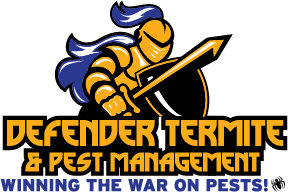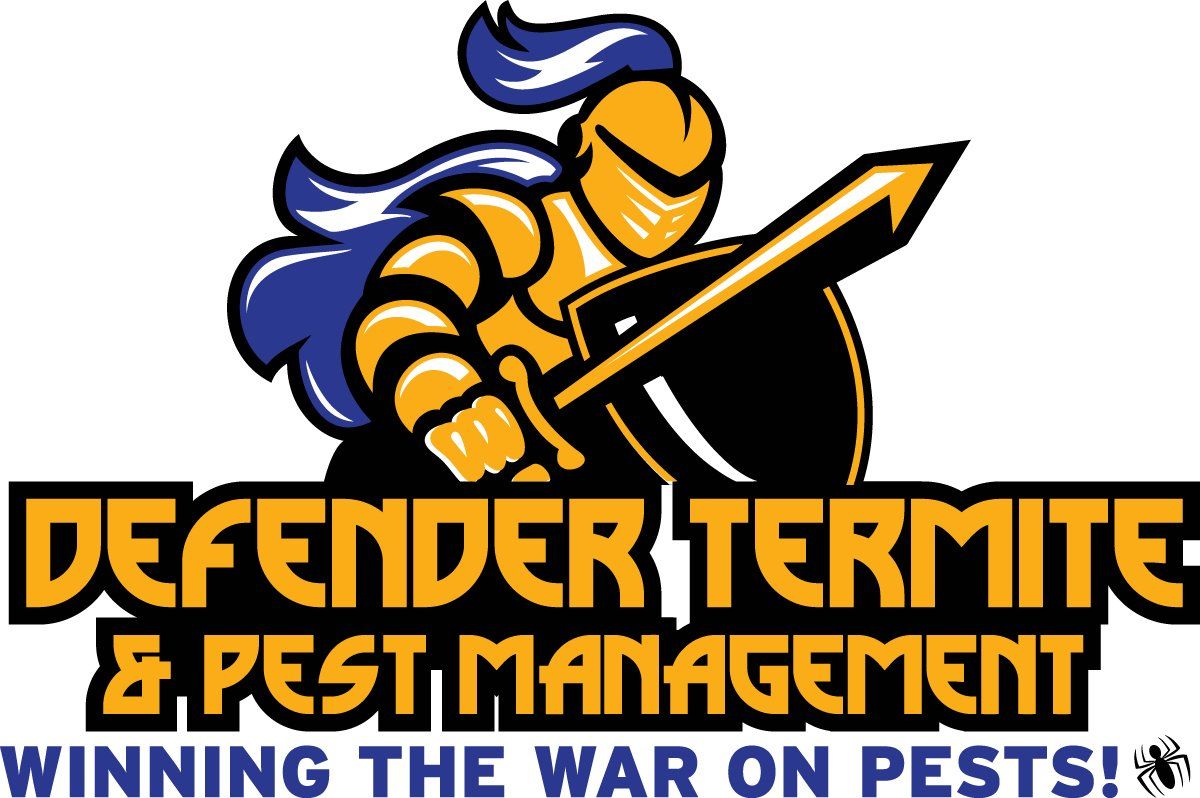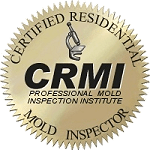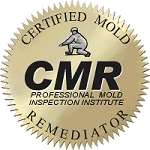Getting Your Home Ready for Winter
In the fall is when you want to get ready for the winter cold.
The worst thing in the world is trying to put your storm windows in when its 20 degrees outside. Or worse, not having your sprinkler system purged before the freezing weather comes.
I’m going to give you a fairly easy checklist of things to do for the various systems of your home. From plumbing to roof, we’ll walk through each system and hit the major things to make sure you do before winter
Heating System
. Heating System Checklist
- Test Run:
Turn the thermostat to heat mode and set it to 80 degrees just for testing. You should hear the furnace turn on and warm air should blow within a few minutes. If it’s running OK, turn the thermostat back to its normal setting. If it’s not running properly, you can try to diagnose it as outlined in Troubleshooting a Gas Furnace. Depending on what’s wrong, you can fix it yourself or you may need a qualified service technician.
- Seasonal Maintenance:
Either have the furnace checked by a service technician or do it yourself as outlined in Seasonal Furnace Maintenance. - Replace the Air Filter:
Put in a new clean air filter. It’s easy, just follow the steps in Furnace Filter Replacement - Fuel:
If you have a propane or oil furnace, make sure to have your fuel storage tank topped off and ready to go. - Heating Vents:
Clear obstacles to heating vents so air can freely flow. - Check for Carbon Monoxide Leaks:
This silent killer can easily be detected with either an inexpensive test badge or battery operated alarm. Whichever way you decide, just please decide to protect your family with one of these units.
See Testing for Carbon Monoxide for more information.
Air Conditioning
Often neglected is one of the most important components of a cooling system. That is the condensing unit outside churning away in the heat of summer. Well this guy needs a little loving too as winter approaches:
- Clean Condensing Unit of Debris:
Take a hose with the spray head set to “jet” or the highest pressure you have and clean the fan blades and condensing coils of clear of debris and dirt. - Cover Condensing Unit:
Left unprotected the condensing unit can be damaged by wet leaves and debris that contribute to rusting and freezing of internal components. Although these units are designed for outdoor use, covering them with a breathable waterproof cover made for that purpose goes a long way to extending the life and efficient performance of the unit.
- Air Conditioner Cover:
And for window air conditioners, remove them and store for winter. If they can’t be removed, then close the vents and make sure to get a air conditioning cover similar to condensing unit cover described above.
Wood Burning Fireplace / Chimney / Flue
Although not thought about much in warm weather, the wood burning fireplace and chimney can be a major source of cold air leaks and other issues in winter. So the chimney and fireplace need a little going over before winter sets in.
Chimney and Fireplace
- Check that the chimney is clear of any nests from birds, squirrels or other animals.
- Check flue damper operation. Make sure it opens and closes fully, and that it is able to be locked in the open or closed position.
- Check chimney draft. Make sure the chimney will draw up the fire and smoke properly. Test this by taking several sheets of newspaper and rolling them up. Then with the fireplace damper in the open position , light the newspaper in the fireplace. The smoke should rise up the chimney. If it doesn’t, you have an obstruction and need to call a professional in to clean the chimney of creosote and ash and possible debris.
- If it has been several years (or never!) since you had your fireplace chimney cleaned, you should have it done by a professional chimney sweep. Definitely not a fun DIY project.
- Inspect the fire brick in the fireplace. If you see any open mortar joints have them repaired immediately! A fire can spread into the stud wall behind the masonry fire brick through open mortar joints.
How to Protect Pipes from Freezing
Plumbing is especially susceptible to cold weather and freezing. Burst pipes from freezing can cause some of the most expensive repairs in the home. So let’s go over some of the basics to make you have them covered.
- Insulate Exposed Piping
If you have any exposed water or drain piping at all in uninsulated spaces such as in a crawlspace, attic, outside walls, etc., make sure to insulate them with foam insulation at a minimum. Ideally you should wrap them with electrical heating tape first, then insulate them.
Pipe Wrap and Insulating Tape
- Exterior Faucets
Known as hose bibbs or sill-cocks, the exterior faucet needs to have its water supply turned off inside the house, and you also need to drain water from it by opening up the exterior faucet. You may also want to consider an insulated cover for the hose bibb. And remember to disconnect your garden hoses from the sill cocks or outside faucets and drain them if you store them outside.
Seasonal Shut Down
If you are shutting down a property for several months you should always shut off the water supply and drain the plumbing system. If a leak were to occur without occupancy, the damage could be catastrophic.
Insulation
Since this tutorial is on easy home winterizing, we won’t get into the importance of insulating your home. You already know that. But there are some areas you can easily insulate to help prepare for winter.
Insulating Tips
- Insulate your hot water tank with an insulating blanket you can buy at the hardware store.
- Insulate exterior outlets and switch plates with inexpensive foam sealing gasket.
- If you don’t use your fireplace often and it leaks air, you can cut a piece of fiberglass insulation and stuff it into the fireplace behind your glass doors to block the cold air coming down the chimney. Of course you remove this when you make a fire…
Doors and Windows
Infiltration of cold air from air leaks around doors and windows is as significant a contributor to your heating bill as is poor insulation in the walls and ceiling. An easy way to reduce you heating bill is to reduce these drafts with simple weatherstripping.
Windows
- On a day when it’s windy outside, close your windows and feel for air leaks. You can use an incense stick for this too if you don’t mind the smell. Watch the smoke trail and if it becomes anything other than vertical, you have an air leak. Typically air leaks will be at the edges where the window is hinged, slides or meets another unit, such as between the two panels of a double hung window.
- Although you can tape plastic over the windows to seal them, this can be expensive and look bad. It can also reduce much needed light in the winter unless you use the shrink-wrap type of plastic seal. So a better and easier solution is to use inexpensive rope caulk .
- Press the rope caulk into all the joints where air is leaking.
Doors
- The easiest fix here is to check for weatherstripping on the side and bottoms of the doors. Install weatherstripping on any leaking doors.
Door Weatherstripping
Roof
Moving to the outside of the home, you should do a quick check of the roof. Either hire someone to inspect the roof if you are not comfortable safely doing this yourself, or inspect it yourself wearing solidly fastened shoes having non-skid soles.
Roof
- Check roof for missing or damaged shingles and have them replaced.
- Check flashing around chimneys and other roof projections which are often the source of leaks.
- Make sure gutters and downspouts are clean , having no leaves. Wet leaves remaining in the gutters over winter add significant weight and volume to the gutter when frozen and increase the risk of damage.
Sprinkler Systems
The sprinkler system should no be overlooked in preparing your home for winter.
Sprinkler Winterizing
- Have your sprinkler system winterized no later than the end of October.
- Winterizing should include turning off the water supply and blowing compressed air through the sprinkler lines to purge them of water and prevent them from freezing and bursting.
Landscape and Amenities
Lastly, you’ll want to prepare your yard for winter too. Let’s take a look at what can be done for the grass, deck and outdoor amenities around the home.
Outdoor Landscape
- Excellent information about getting your yard ready for winter can be found from our About Guide to Landscaping article Winterizing the Landscape in Fall.
- Cover patio furniture.
- If your deck needs it, consider giving it a fresh coat of sealer before winter.
- Drain the gas from your lawn mower or just let the mower run until it is out of gas.
- Drain any water fountains, unplug the pumps and prepare for winter.
Golden State Inspection Services
“Golden State Inspection Services, LLC is the Number One Home Inspection Service In The Sacramento and San Francisco Bay Area”
We are Northern California’s premier home/commercial inspection company, offering the most comprehensive real estate inspections report in the industry, back by a 90 day free home warranty ; detailed inspection reports with digital photos, mold testing , infrared thermography inspections, cost saving energy audits and a complete contractor referral service, certified NACHI member, CA. licensed contractor.
We would be honored to provide you with the safety, security and peace of mind you deserve.
Sources:
The post Getting Your Home Ready for Winter appeared first on .


CONTACT US
Phone: 800.441.0804 (toll free)Local: 916.836.8337Fax: 877.919.6868
ADDRESS
LICENSE
ACCEPTED PAYMENTS
INSPECTION SERVICE AREA:
RESIDENTIAL / COMMERCIAL
Benicia, Davis, Elk Grove, El Dorado Hills, Fairfield, Folsom, Marysville, Manteca, Napa, Placerville, Roseville, Sacramento, Stockton, South Lake Tahoe, Tracy, Vacaville, Vallejo, Woodland, Yuba City
COMMERCIAL ONLY
San Jose, Santa Clara, Fremont, Sunnyvale, Oakland, Berkeley, San Francisco, Santa Rosa, Milpitas
NEED PEST CONTROL?

CONTACT US
CALL US
ADDRESS
9921 Horn Rd. Ste. B
Sacramento, CA, 95827
LICENSE
INSPECTION SERVICE AREA:
RESIDENTIAL / COMMERCIAL
Benicia, Davis, Elk Grove, El Dorado Hills, Fairfield, Folsom, Marysville, Manteca, Napa, Placerville, Roseville, Sacramento, Stockton, South Lake Tahoe, Tracy, Vacaville, Vallejo, Woodland, Yuba City
COMMERCIAL ONLY
San Jose, Santa Clara, Fremont, Sunnyvale, Oakland, Berkeley, San Francisco, Santa Rosa, Milpitas















